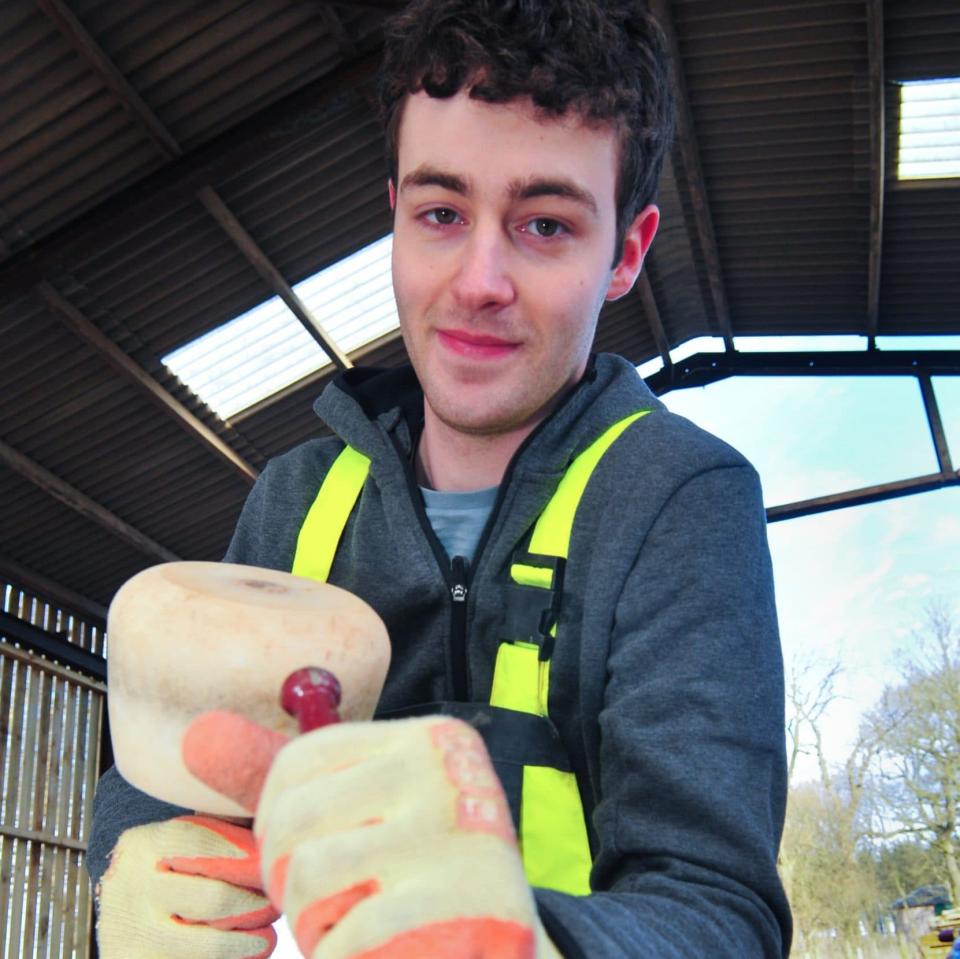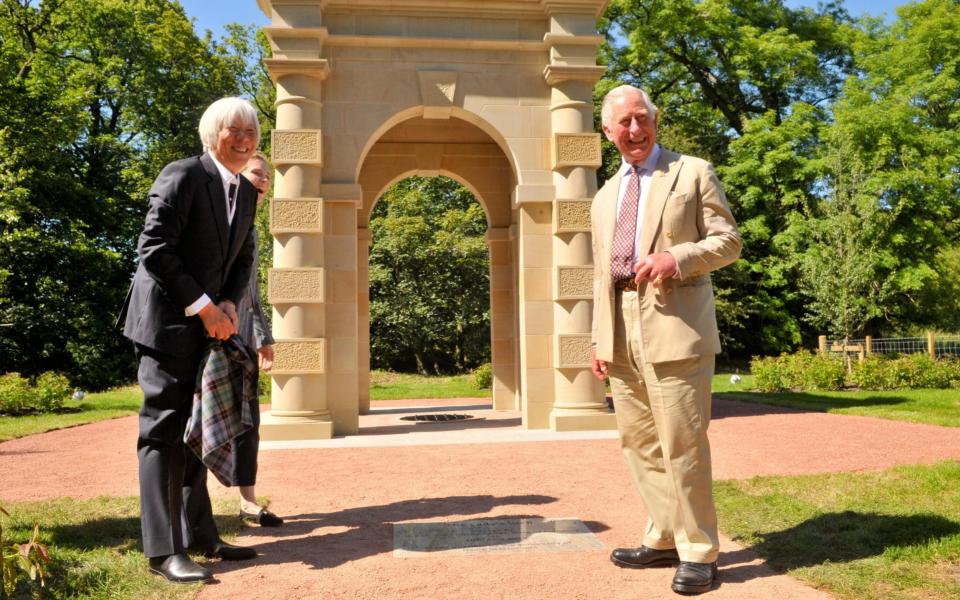Prince Charles tries to save forgotten art of wood carving after warning it could be lost for future generations

The Prince of Wales has long championed traditional craftsmanship, warning it is among the “life-enhancing, timeless opportunities” that could be lost to future generations.
And he fervently hopes that by becoming patron of the 300th anniversary celebration of Grinling Gibbons, the greatest wood carver in British history, he can help inject a new lease of life into a dwindling art.
The Prince’s genuine passion for heritage crafts makes him “uniquely qualified” for the patronage of the Grinling Gibbons Tercentenary, which will span a year from August.
He also embodies a connection with the Crown that Gibbons enjoyed throughout his career, having risen from obscurity to be commissioned by Charles II, James II and William III.
The Prince, 72, hopes the celebrations, which will include a national exhibition, public debates and lectures, will highlight the influence Grinling had on craftsmanship and become a source of inspiration for new generations of carvers and sculptors.
“The Prince is a great supporter of conservation heritage skills and it will hopefully encourage people to get involved,” a source close to him said.
Mark Aspinall, chair of the Grinling Gibbons Society, which was established to plan and coordinate the festival, said: “As Patron, His Royal Highness brings recognition to the indelible mark that Grinling Gibbons has left on the cultural identity of the nation.”

Through the Prince’s Trust, the heir to the throne has helped preserve traditional crafts and encourage young people to pursue them as a vocation.
The Prince’s Foundation, formed in 2018, offers a broad range of courses in traditional arts and heritage craft skills, typically enrolling around 50 students a year on courses featuring wood carving at Dumfries House, its Ayrshire base.
The Prince has described the pursuit of craft as “a marvellous way for somebody to realise their true potential as a human being.”
Speaking at the Craft Skills Awards in 2013, he said: “Crafts can bring one closer to Nature: they are a part of the human story of transmission of living tradition and cultural identity from one generation to another.”
He has also warned that as the vast majority working in the sector are self employed, they do not have time to pass on their skills to the next generation.
“We simply must ensure that these often historic and unique skills are not allowed to die out and become relegated to history,” he said.
Gibbons, hailed “the "Michelangelo of wood,” was born in Rotterdam to English parents in April 1648.

He moved to England around 1667, settling first in York and then Deptford, east London, where his career flourished at a time of political uncertainty.
The restoration of the monarchy in 1660 and the Great Fire of London in 1666 provided huge opportunities for craftsmen and his work is said to offer a unique window into a turbulent age.
Introduced to King Charles II, he was given his first royal commission in 1675, when hired to produce decorative carving for Windsor Castle’s dining room, elaborate cascades of lobsters, crabs, bird and fish that remain today.
Over the next 25 years he completed commissions for Whitehall Palace, St Paul’s Cathedral, Hampton Court Palace and Blenheim Palace among many others.
In 1693, his extraordinary technical skill saw him appointed master sculptor and carver in wood to King William III.
He subsequently worked for Queen Anne and in 1719, he was made Master Carpenter to George I.
Simon Sadinsky, executive director at The Prince’s Foundation, said: "Our programmes in traditional building skills reflect the passion of His Royal Highness to preserve historic crafts.
“We hope our charity president's patronage of Grinling Gibbons Society can help build further awareness of the need for younger generations to learn and practise stonemasonry, woodcarving and similar crafts.”

 Yahoo News
Yahoo News 
